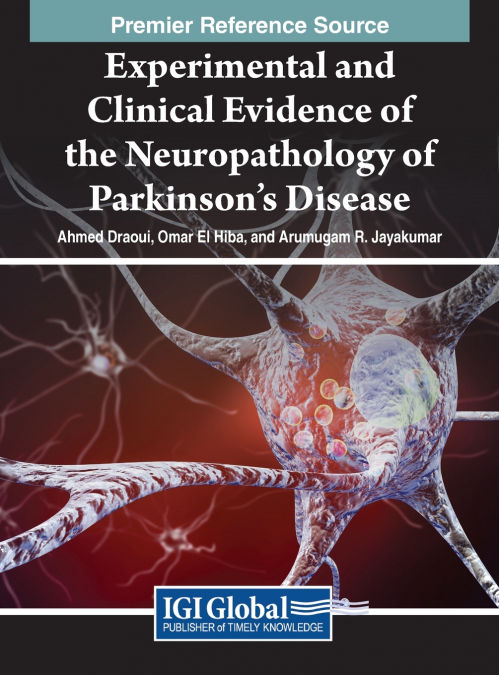
Parkinson’s disease is the second most common neurodegenerative disorder in the world after Alzheimer’s disease. Thanks to the pioneering works of Arvid Carlson in the 20th century identifying dopamine as the main neurochemical agent involved in Parkinson’s disease’s onset and progress, our understanding of the neuropathology has increased. The elaboration of L-Dopa as the first pharmacological treatment approach has brought new hope for curing or at least slowing the neurodegenerative progress and the decline of motor and cognitive functions in Parkinson’s disease patients. To date, imaging techniques along with genetic and biochemical tools have allowed scientists and clinicians to predict and diagnose the disease several years prior to the motor disorder’s appearance. Experimental and Clinical Evidence of the Neuropathology of Parkinson’s Disease sheds light on the history of Parkinson’s disease as well as the recent literature on the epidemiological data worldwide including the prevalence of the disease, the morbimortality rates, and the sex dimorphism and aging components. It addresses the current neuropathological evidence of Parkinson’s disease, including the latest discoveries in terms of neuropathology and treatments available or under clinical trials with the efficacy and limitations of each. Covering topics such as epidemiology, stem cells, and neuropathology, this premier reference source is an excellent resource for clinicians, physicians, epidemiologists, neuroscientists, microbiologists, biochemists, pharmacologists, toxicologists, medical professionals, nurses, medical students and educators, librarians, researchers, and academicians.